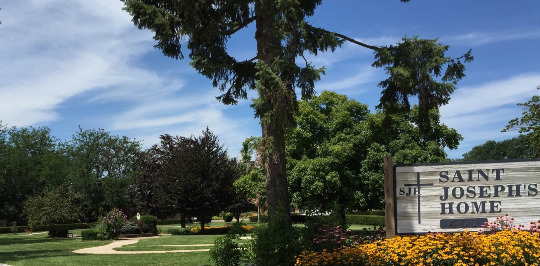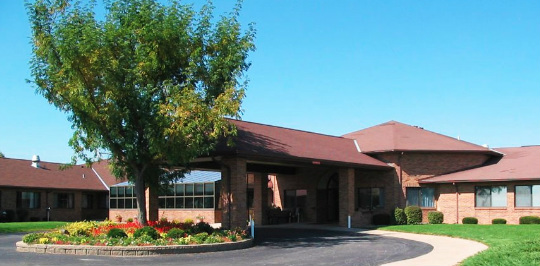By Mary Casterline, Senior Community Advisor,
Living By Your Design, Inc.
Who is at risk for falling?
Do you think it couldn’t happen to you or your loved one? Think again. Every year one out of three older Americans over 65 falls. You may think falling is inevitable for all of us at one time or another but the potential costs to your lifestyle, body, and pocketbook become more serious as you age. At the least, you may become more fearful of falling again and limit your activities. Or more, unfortunately, you may end up in the emergency room or in the hospital due to broken bones or head injury. The medical costs for these falls for seniors 65 and older can reach or exceed $34 billion annually.
So why not be proactive and save yourself or your loved one physical injury, emotional stress, and possible financial costs? You can prevent a fall before it occurs with medical advice, lifestyle changes, and environmental safety.
What can be done to lessen your fall risk?
Medical advice: Ask your doctor to check your vision and to do a fall assessment during your annual physical. At this time they can make sure you see clearly and will review your medications and their potential side effects on your balance, your mental and emotional state, and your ability to rise from a chair. They can keep track of changes as you age and refer you for therapy or for a hospital or community-sponsored exercise program that is tailored to your activity level and age bracket.
Lifestyle changes: Health experts say older adults can prevent or delay some diseases and disabilities as they age and slow the progression of arthritis, heart disease, and diabetes if they eat nutritionally sound meals and are active at least 30 minutes every day to maintain their endurance, strength, balance, and flexibility. Start slowly if you haven’t been active for a while. You’ll find you can incorporate walking, stretching, and weight-bearing into many daily activities. While standing at the sink doing dishes or preparing a meal, you can hold onto the counter and stretch. Or stand on one foot. Or walk in place. Strong legs can decrease your chances of falling. Take advantage of the daily exercise classes many senior communities offer for their residents.
Environmental safety: Have someone take a walk through your home with an eye to potential hazards, particularly in the kitchen and bathroom. Poor lighting, cluttered walk areas, loose rugs, stairs, and other uneven surfaces can be problematic. Make sure areas are well lit or that the glare is reduced. Organize and reduce loose items like clothes, shoes, books, or magazines that are in walkways. Remove throw rugs and put everyday items on low shelves so no step stools are needed. Build ramps for entranceways to the house and garage. Install handrails on the stairs inside and out as well as on the tub or near the toilet. Put rubber mats in the tub and shower.
Resources: There are many available resources to assist you in fall-proofing yourself through exercise or lifestyle changes. The National Institute on Aging has an assortment of brochures to educate you and a free DVD with exercise plans (https://go4life.nia.nih.gov/free). Some exercise programs are developed with seniors in mind, like chair yoga or Silver Sneakers (https://www.silversneakers.com/ ). Check your park district offerings for classes.
Could You or Someone You Love Be a Fall Risk?
Peace of Mind
Love & Compassion
ARTICLES SUBJECTS
OUR FACILITIES
Lacon Rehab and Nursing
St. Joseph’s Home of Lacon is a skilled nursing facility located just north of Peoria, IL.
St Augustine Manor
St. Augustine Manor is a not-for-profit independent living community for seniors 55 years of age and older.
Snyder Village
Founded in 1988, Snyder Village's mission is to provide for the physical, emotional, and spiritual needs of persons requiring assistance…





